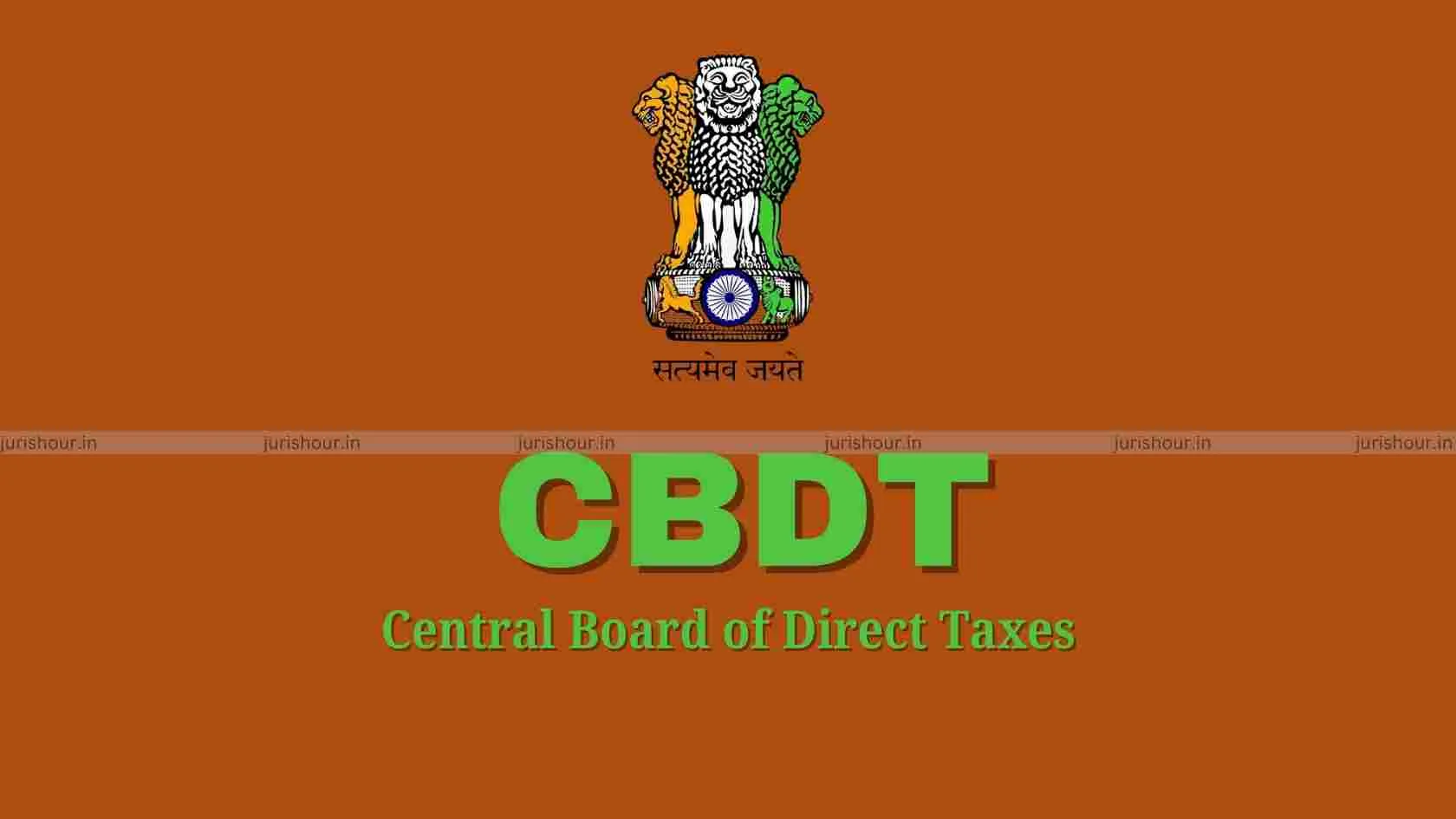In a major relief for salaried employees, particularly those in the middle-income group, the government has substantially revised the long-stagnant exemption thresholds for perquisites under Section 17(2) of the Income-tax Act, 1961, effective from the current financial year. The move marks one of the most practical reforms in income-tax rules impacting everyday employees.
Key Revisions in Rules 3C & 3D
Rule 3C – Salary Threshold for Perquisites
Earlier provision: Exemption on perquisites was available only if the employee’s annual salary did not exceed ₹50,000 — a threshold set decades ago, making the benefit redundant for almost all salaried individuals in today’s economy.
Revised rule: The limit has now been raised to ₹4,00,000 per annum.
Impact: Employees with a salary of up to ₹4 lakh will now be able to enjoy tax-free perquisites provided by their employer, such as:
- Rent-free or concessional accommodation
- Use of a motor car for personal and official purposes
- Domestic help such as sweeper, watchman, gardener, or attendant
- Gas, electricity, and water supplied by the employer
- Free or subsidised educational and medical facilities
- Free meals, concessional travel, gift vouchers, credit card expenses borne by employer, and more.
This change makes perquisite exemptions meaningful again, especially for junior staff, entry-level employees, and middle-class taxpayers, who were previously excluded due to the outdated ₹50,000 cap.
Rule 3D – Gross Total Income (GTI) Ceiling for ESOP/Equity Benefits
As per the amendment, exemptions relating to specified securities or sweat equity shares allotted free of cost or at a concessional rate under the proviso (vi) to Section 17(2) will now be restricted to employees whose gross total income (GTI) does not exceed ₹8,00,000.
This ensures that the benefit targets lower and middle-income earners, rather than high-salaried employees.
Why This Matters
For years, the ₹50,000 salary threshold had rendered the perquisite exemptions virtually meaningless. Even freshers in urban job markets often exceeded that cap within a few months of employment. The revision to ₹4 lakh is being hailed as a long-overdue rationalisation that aligns tax law with present-day salary structures.
Tax experts note that the move could significantly reduce the tax burden on lower and mid-level employees, allowing them to retain more disposable income while also encouraging companies to extend genuine non-cash benefits without triggering tax liabilities for staff.
Broader Implications
- The middle class, often considered the backbone of India’s economy, stands to benefit the most.
- Employers may now revisit employee benefit policies, making perks a more attractive component of compensation packages.
- The revised ₹8 lakh GTI ceiling for equity-linked benefits under Rule 3D ensures that incentives like ESOPs remain progressive and inclusive.
Conclusion
This reform marks a pro-employee shift in India’s tax policy, particularly for the salaried class that has long complained of limited reliefs and deductions. By modernising archaic limits, the government has signaled that taxation will evolve in line with economic realities and the needs of the middle class.
Notification Details
Date: 18/08/2025

